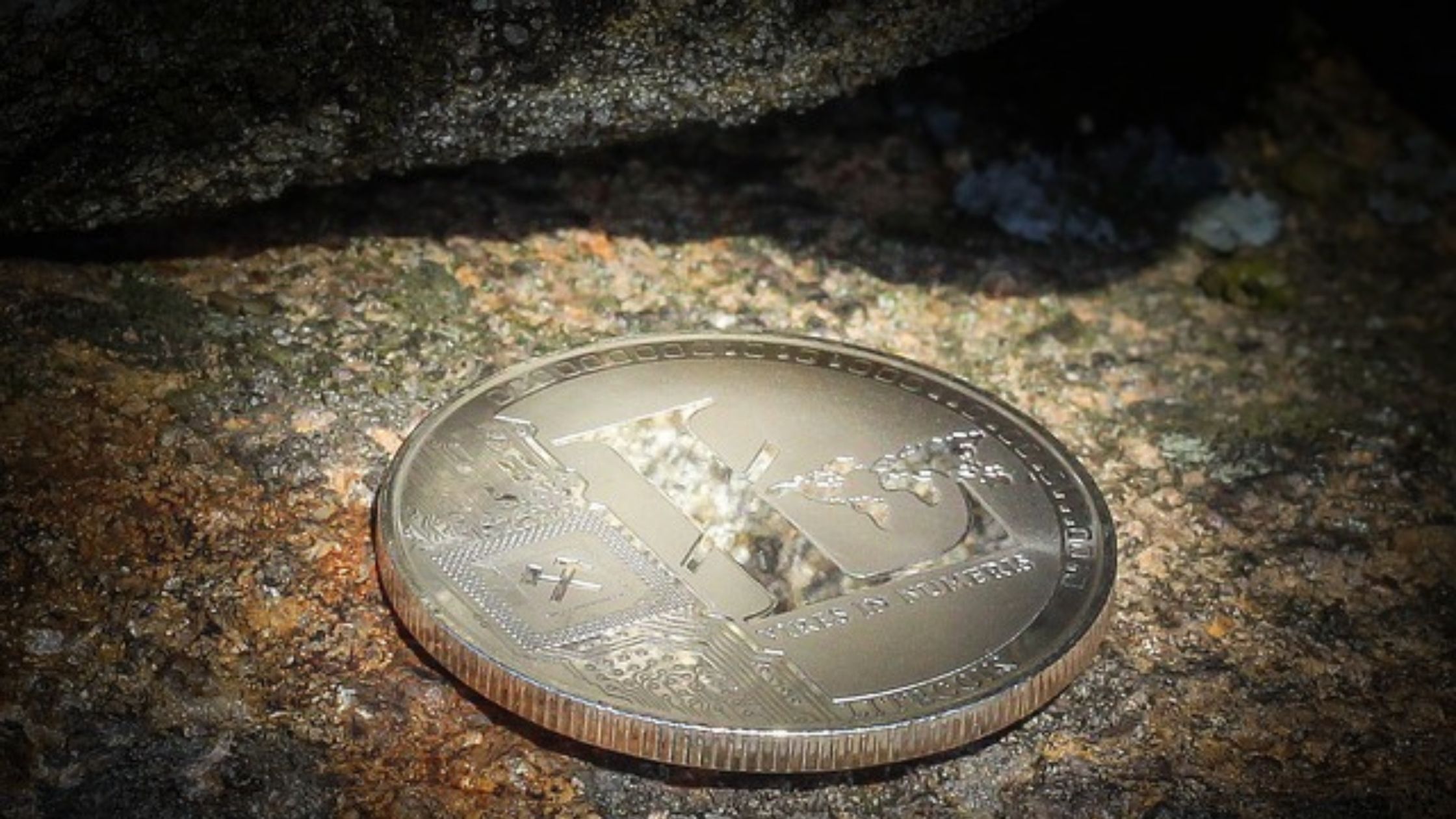Like fiat currency is available in various ranges, digital currency also has multiplicity. At the beginning of cryptocurrency, bitcoin was the only money. But with time, several other coins have been discovered. Litecoin is one of them. The article lets you take a deep l ook at litecoin.

What is a litecoin?
Litecoin is a type of cryptocurrency and is denoted by LTC. If bitcoin is the gold of the crypto world, then litecoin is remarked as t he silver in the crypto industry. It was among the first altcoins (all other coins than bitcoin).
Litecoin was discovered by Charles Lee, one google engineer, in 2011. He modified bitcoin’s open-source technology to create it. Lee marked it as lite bitcoin at the time of introduction.
What are the working principles of litecoin?
Litecoin is not issued by any central authority like fiat currency is issued by banks. Instead, it is created by a process called mining. It works on the principles of distributed ledger technology. It is a peer-to-peer currency and operates on a public chain network.
The computers, also known as nodes, are connected to form a peer-to-peer network. The information is stored on the blocks which miners create. The miners earn some coins as incentives for creating blockchain networks.
The process of mining in LTC
After solving complex mathematical algorithms, a miner creates a block in the blockchain network. After completing the puzzle, the miner is rewarded with some litecoins.
The same is the way of mining in bitcoin. But litecoin uses different algorithms known as “scrypts”. The mining is much faster in litecoin as compared to bitcoin.
A bitcoin is mine in 10 minutes, while litecoin takes two and a half minutes to mine. This fact makes it four times quicker.
Scrypt or Proof of Work (PoW)
The users follow the proof of work method to secure the monetary system. As the name suggests, proof of work relates to showing the evidence or scrypt used by a miner to create a block.
The proof is then verified by all the nodes or the currency users. Bitcoin uses high resource intensive PoW, whereas litecoin uses less resource-intensive scrypt.
What is the use of litecoin?
Litecoin is used to transfer money, pay utilities, or trade within a few minutes and with less to no transactional charges. It can also be used to store your cash or assets by a process called tokenization in crypto wallets. Investors can use it to enhance the value of their money.
What are the advantages of trading in litecoin?
Every cryptocurrency is traded on a particular platform. For instance, bitcoin visit this site. Similarly, trading is also carried by litecoin, which is followed by specific advantages, which are explained below:
- The verification by all other nodes makes it accessible to all users, thereby increasing transparency.
- It is more reliable than a few other digital currencies.
- The transactions are much faster in LTC.
- The transaction fees are significantly less as compared to bitcoin.
What are the disadvantages of LTC?
Despite the benefits, LTC is criticized for its disadvantages to the users. They are mentioned below:
- The transactions by LTC are highly vulnerable to hacking occurrences.
- The absence of central authority and regulations can lead to unlawful and illicit activities.
- It is risky to invest in a cryptocurrency because of the volatility rate. The sudden decrease in rates can lead to considerable losses to the investors.
How can I buy LTC?
Litecoins are available on all popular cryptocurrency exchanges such as Coinbase or Coinmama etc. It can be exchanged against other cryptocurrencies such as ether (ETH) or bitcoin (BTC). It can also be purchased against fiat currency.
The bottom line
The litecoin is evolving every day and fascinating the users with its innovative techniques, such as SegWit and LitePay updates.
It has attracted investors all over the world. One must have deep knowledge about the risks associated with investing money in digital currency before putting significant capital in the industry.
